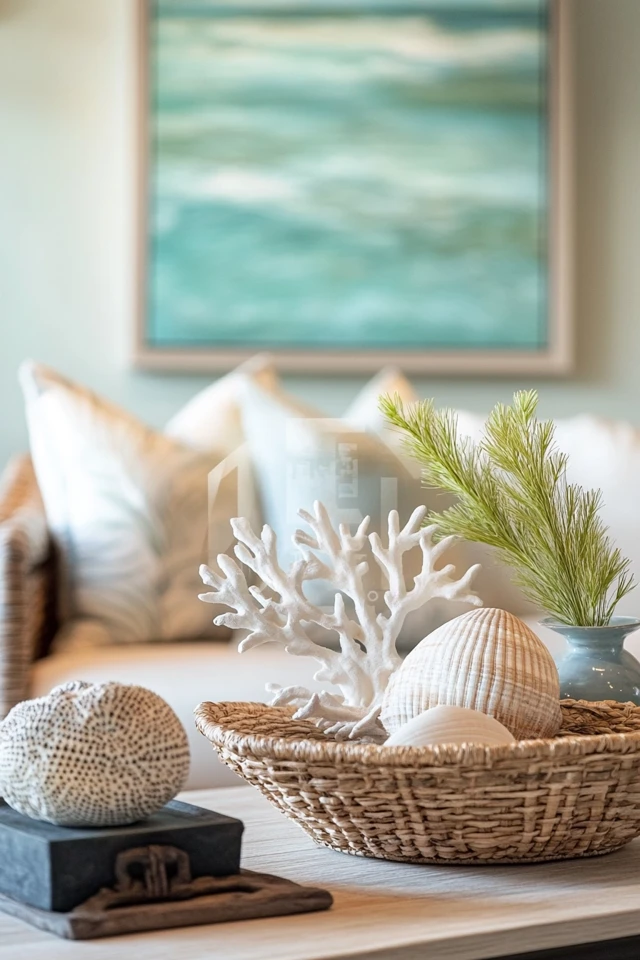Introduction
A few years ago, I was helping a client redesign their living room when they said, “I want it to feel like a beach vacation, but not like I live in a surf shop.” That moment stuck with me because it perfectly summed up the challenge of choosing coastal decor: how to create a breezy, seaside-inspired space without veering into overly themed territory.
I’ve learned over time that the best coastal decor is more about evoking a mood than sticking to clichés. It’s about bringing the tranquility of the ocean indoors with natural textures, soft colors, and thoughtful accessories. Whether your style leans traditional, modern, or somewhere in between, there’s a way to incorporate coastal design that feels fresh, sophisticated, and uniquely you.
In this blog, I’ll guide you through the key elements of coastal decor, from choosing the right color palette to selecting materials, textures, and accents. Whether you’re decorating an entire home or just a single room, these tips will help you create a space that’s as calming as a walk on the beach.
1. Understand the Essence of Coastal Decor
What Coastal Decor Is—and Isn’t
Coastal decor is about capturing the feeling of being by the ocean. Think breezy, bright, and natural, not over-the-top nautical. It’s less about anchors and seashells (though a few well-placed ones can work) and more about creating a space that feels like a retreat.
Key Features of Coastal Style
- Light and Airy Spaces: Maximize natural light and keep the space uncluttered.
- Connection to Nature: Use organic materials, coastal colors, and natural textures.
- Relaxed Vibes: Prioritize comfort and simplicity over formal or fussy design.
2. Choose the Perfect Coastal Color Palette
Soft, Neutral Base
Start with a neutral base to keep the space feeling open and serene. Whites, beiges, and light grays work beautifully as wall colors or larger furniture pieces.
Ocean-Inspired Accents
Incorporate accent colors inspired by the sea, like:
- Blues: Navy, soft aqua, or muted turquoise.
- Greens: Seafoam, sage, or moss.
- Warm Neutrals: Sandy beige, driftwood gray, or sun-bleached peach.
3. Incorporate Natural Textures
Materials to Look For
Coastal design thrives on natural textures. Incorporate:
- Wood: Driftwood finishes or light, weathered wood furniture.
- Wicker and Rattan: Chairs, baskets, or light fixtures.
- Jute and Sisal: Area rugs or poufs for an earthy, beachy feel.
Layering Textures
Combine smooth, clean surfaces (like white walls or polished floors) with rougher, natural materials to add depth and warmth. For example, pair a sleek white sofa with a chunky knit throw or a jute rug.
4. Use Furniture with Coastal Vibes
Light Wood and Upholstery
Opt for furniture with light wood finishes or natural fabrics like linen or cotton. Slipcovered sofas, wooden coffee tables, or rattan accent chairs are staples of coastal design.
Functional and Comfortable
Coastal spaces are meant to feel relaxed, so choose furniture that’s both stylish and practical. A plush, oversized armchair or a long dining table perfect for family gatherings can capture that casual seaside feel.
5. Let Natural Light Take Center Stage
Maximize Window Space
If possible, skip heavy drapes in favor of sheer curtains or light blinds that let sunlight stream in. Natural light is a cornerstone of coastal design.
Use Mirrors to Reflect Light
Strategically place mirrors to bounce light around the room and make the space feel brighter and more expansive. A mirror with a driftwood frame can double as a design statement.
6. Add Coastal-Inspired Accessories
Subtle, Thoughtful Touches
The key to great coastal decor is restraint. A few well-placed accessories can go a long way. Consider:
- Throw Pillows: Striped, textured, or in oceanic hues.
- Decorative Bowls or Vases: Fill with sea glass, driftwood, or neutral-toned candles.
- Wall Art: Choose abstract ocean-inspired prints or black-and-white beach photography.
Avoid Over-Themed Decor
Skip the kitschy anchor motifs or overtly nautical symbols. Instead, aim for a refined, natural look that nods to the coast without being literal.
7. Bring in Greenery
Coastal Plants
Indoor plants are an easy way to bring the outdoors in. Choose low-maintenance options like:
- Snake plants
- Monstera
- Succulents in neutral pots
Fresh Florals
For an extra touch, display fresh flowers or greenery in glass vases. A few sprigs of eucalyptus or a simple arrangement of white blooms can evoke the fresh, breezy feel of the ocean.
8. Select Coastal Lighting
Layered Lighting
Lighting is crucial in coastal design. Combine:
- Natural Light: Maximize windows and skylights.
- Ambient Light: Use soft overhead lighting.
- Accent Light: Add table lamps or wall sconces for warmth.
Coastal-Inspired Fixtures
Look for light fixtures made of natural materials like rattan or driftwood, or opt for designs with glass shades that mimic the look of beach glass.
9. Mix Coastal with Other Styles
Coastal-Modern
Blend the clean lines of modern design with coastal elements. Think white walls, minimalist furniture, and subtle natural textures.
Coastal-Farmhouse
Pair coastal hues and materials with farmhouse touches like shiplap walls or antique-inspired furniture.
Coastal-Boho
Combine coastal neutrals with boho patterns, macramé, and layered textiles for a more eclectic look.
10. Keep It Clutter-Free
Embrace Minimalism
Coastal design thrives in open, uncluttered spaces. Avoid over-decorating and focus on a few statement pieces that capture the vibe.
Smart Storage Solutions
Use woven baskets, under-furniture storage, or built-ins to keep everything tidy while enhancing the natural look of the space.
Picture Gallery
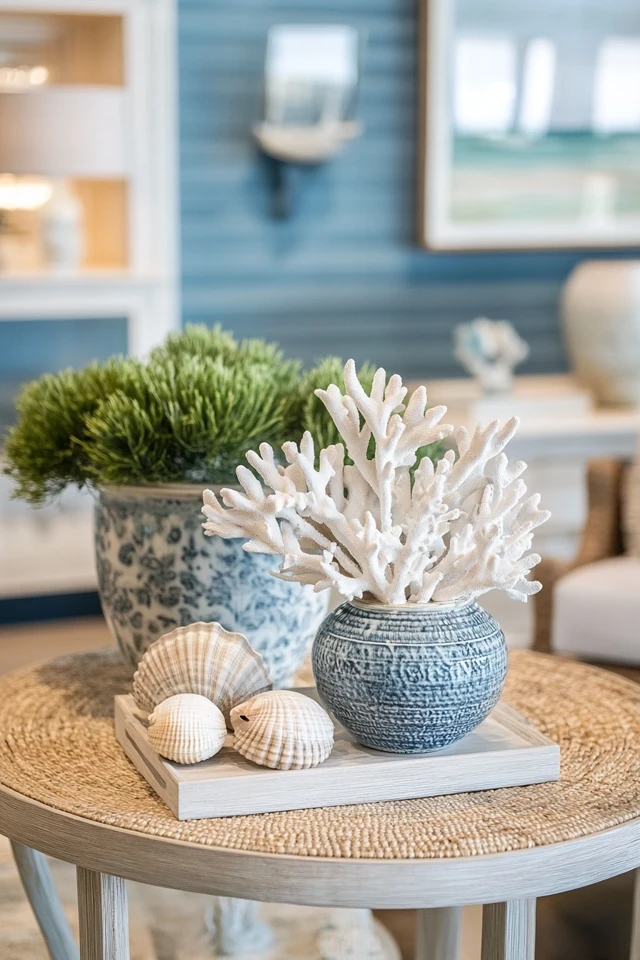
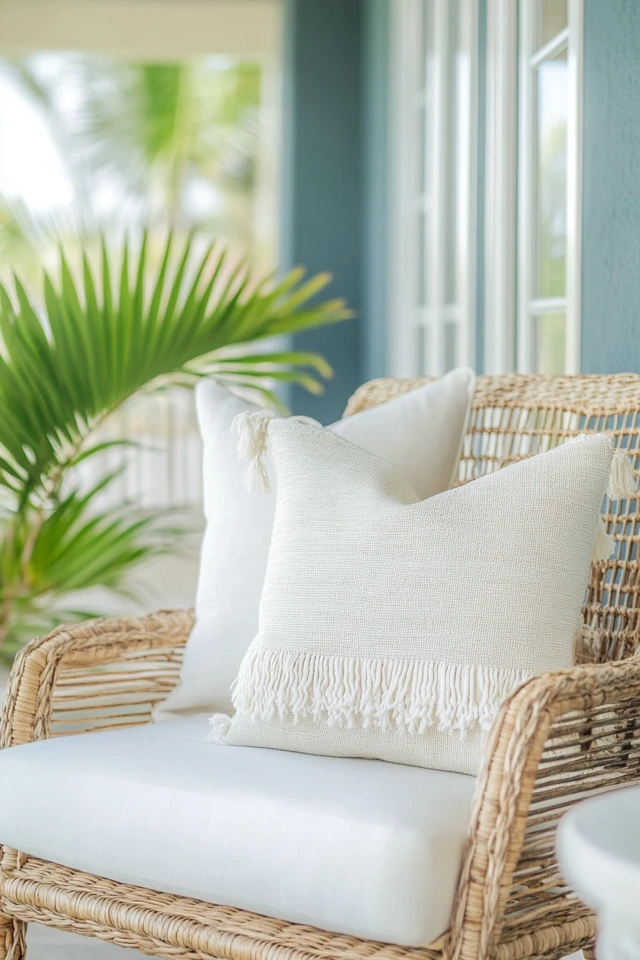
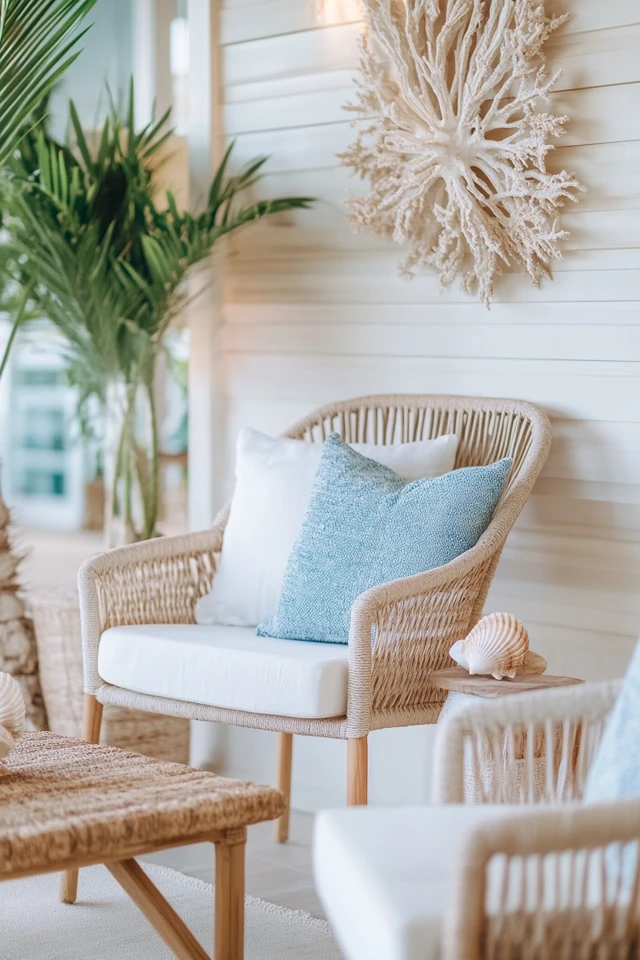
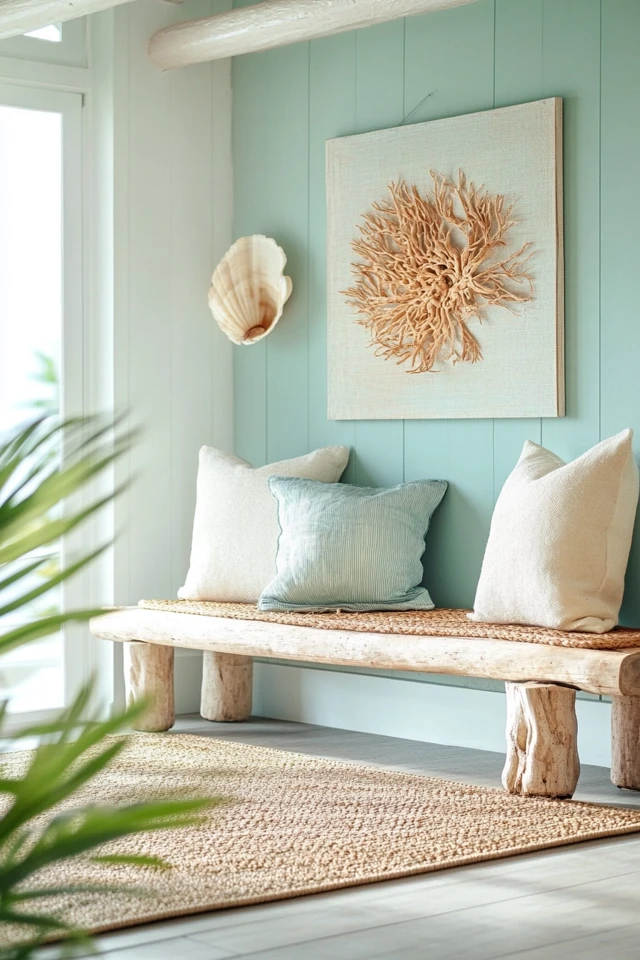
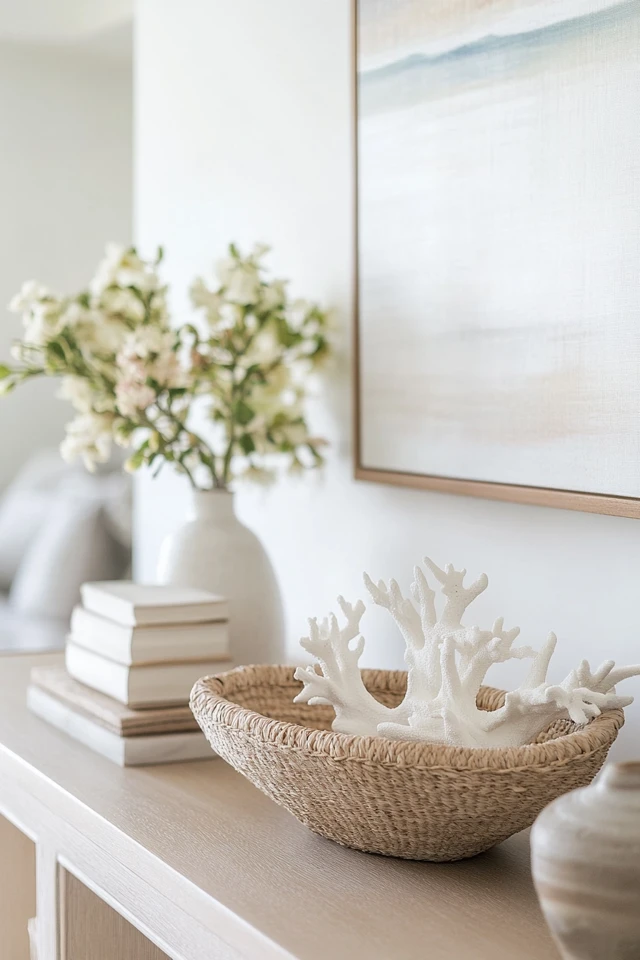
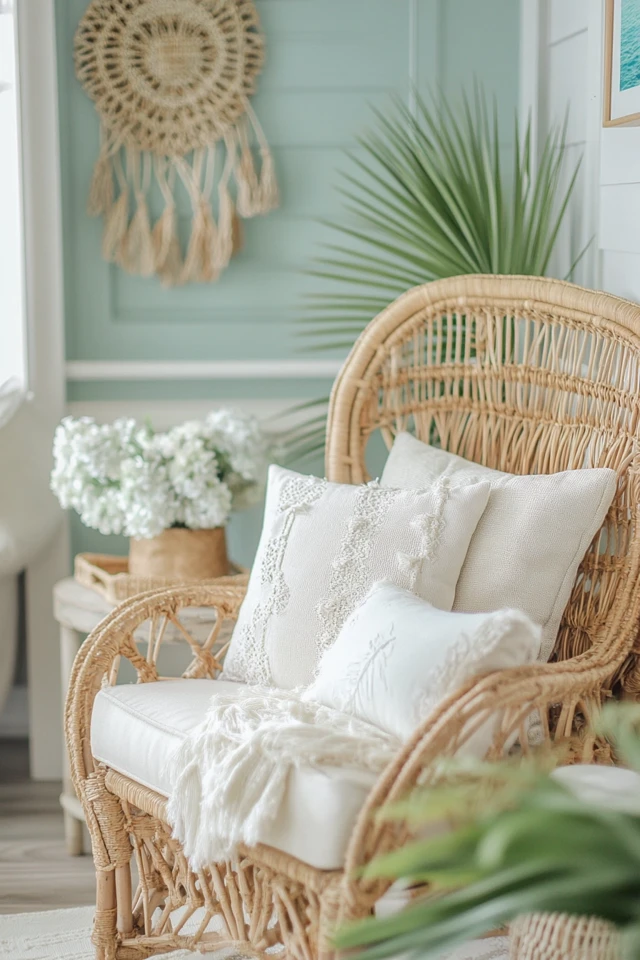
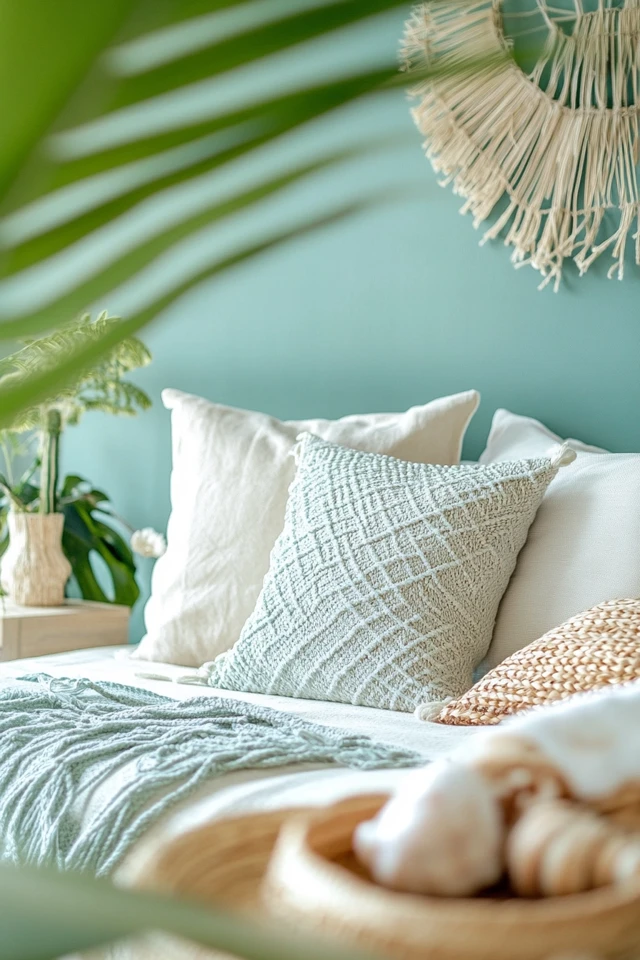

Conclusion
Choosing the best coastal decor for your home is about creating a space that feels light, natural, and calming—a true escape from the everyday hustle. By focusing on soft colors, natural textures, and thoughtful accessories, you can design a home that’s as inviting as a day at the beach.
When I started incorporating coastal elements into my own home, I was amazed at how much it transformed not just the space but also how I felt in it. There’s something about walking into a room filled with soft sunlight, natural materials, and soothing colors that instantly lifts your mood.
So, whether you’re refreshing a single room or tackling an entire home, embrace the process. Play with textures, experiment with colors, and most importantly, make it personal. After all, the best coastal decor is the kind that feels like your own little slice of paradise.
FAQ
1. What are the key colors in coastal decor?
Coastal decor relies on soft, neutral tones like white, beige, and gray, paired with ocean-inspired accents like soft blues and seafoam greens.
2. How do I avoid making my home look overly themed?
Stick to subtle coastal elements like natural textures, breezy fabrics, and abstract ocean-inspired art. Avoid going overboard with anchors, seashells, or other literal nautical motifs.
3. What furniture works best for coastal decor?
Light-wood or whitewashed furniture with natural fabrics like linen or cotton works well. Pieces should feel relaxed and comfortable.
4. Can I mix coastal decor with other styles?
Yes! Coastal-modern, coastal-farmhouse, and coastal-boho are popular combinations. Pair coastal elements with features from other styles to make it your own.
5. How can I add a coastal vibe on a budget?
Start with small changes like adding throw pillows in oceanic hues, using natural fiber rugs, or swapping out heavy curtains for light, airy ones. DIY art or thrifted accessories can also make a big impact.

